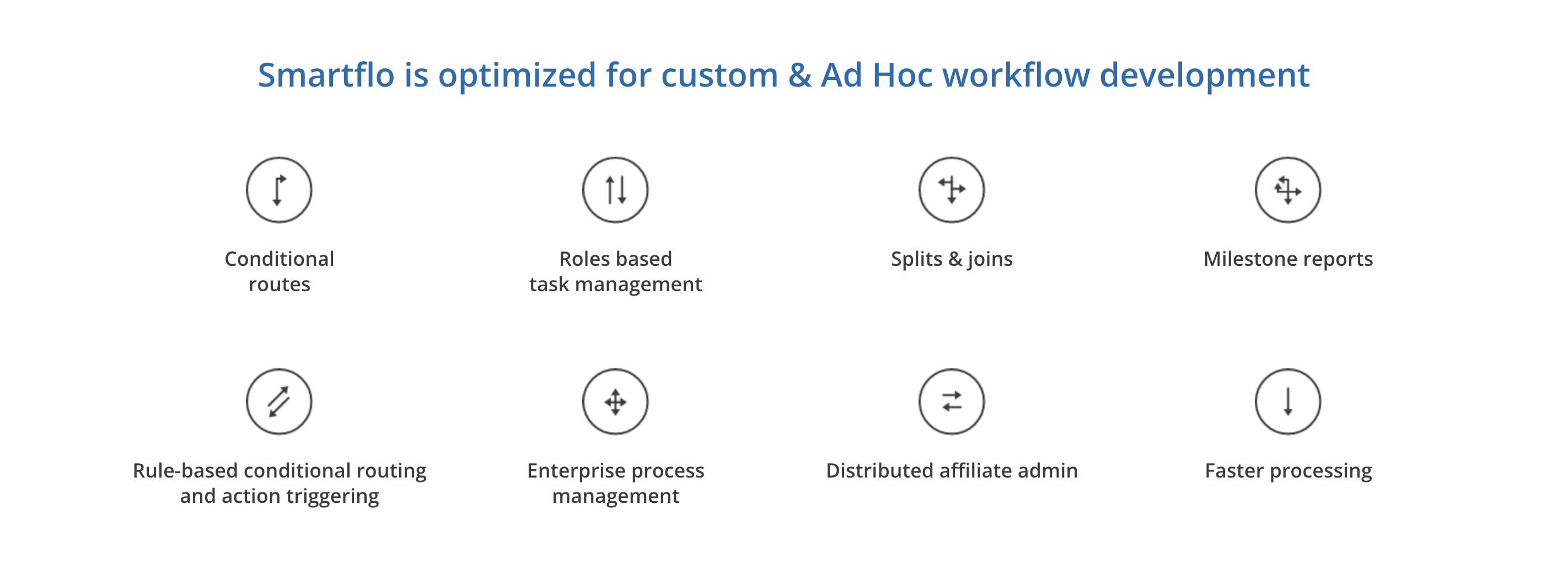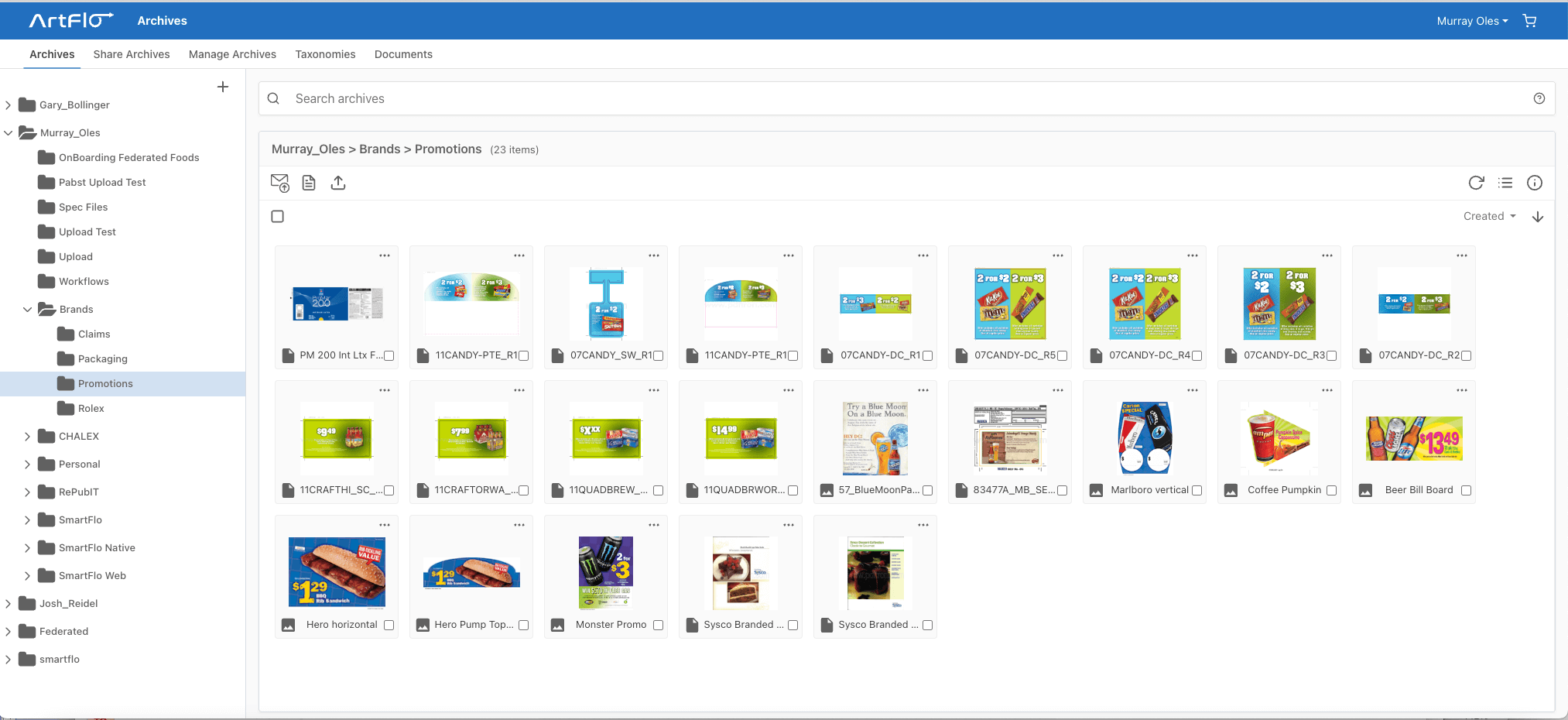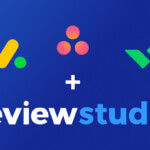We talk today about digital transformation as if it’s something new.
Murray Oles, founder of Chalex, has seen it all, taking the pre-press space from its earliest forays into the electronic age to today’s fully integrated, automated, and cloud-based infrastructure.
Today we are excited to see our software integrated into SmartFlo, the Chalex DAM-enabled BPM software designed to facilitate production workflows. The software offers enterprise clients advanced and flexible solutions to develop sophisticated workflows.
We thought it would be interesting to hear what Murray had to say on DAM, BPM, and enterprise software adoption in general.
Joey: Can you talk about how you started SmartFlo?
Murray: We first started Chalex in 2002. It was through a consulting agreement with a very large client in the labeling space that we started noticing an opportunity for a highly intuitive yet robust DAM that could help manufacturers with their labeling workflows.
At that time, collaborative DAM systems were stuck in web 1.0. We began thinking about a way to build a multi-tenant SaaS platform consisting of a workflow system served by asset management and collaboration tools. This was the birth of SmartFlo.
What’s the biggest challenge you see facing asset management today?
There are many challenges. And different tools will address them differently. Among the many areas we aim to address with SmartFlo, we aim to solve the challenge of capturing asset metadata (including collaboration information) within a workflow and maintaining it effectively in a DAM.
To elaborate on how we do this – DAM system workflows are purpose-built to capture metadata about an asset. By contrast, the SmartFlo BPM system manages production workflows by integrating DAM services with jobs and projects as they are being produced. With SmartFlo, metadata entry is captured at its origin during production.

Onboarding a new software, especially a feature-rich one that will transform your workflows, can be seen as a major risk – and investment. How can buyers mitigate the downside risks?
The 2 most important elements are to unify the team and start slow.
Start with unifying the team around a solution. You’ll not only achieve a smoother implementation, but you are more likely to address critical file management features and requirements in the exploration phase.
To that point, not only does this buy-in precipitate potential hiccups and a more comprehensive feature exploration, but it can also facilitate the prioritization of functionality. Feeding functionality where it is needed, without rushing, can limit the risks.
What would you say to a buyer or decision-maker who is stuck with a DAM or PM system that is obviously not working for them?
Techno-paralysis occurs when customers face obstacles to making straightforward decisions. This is such a challenge in procuring new software. It’s hard to find great and trustworthy information, which is often at the core of reluctance.
The adage “you get what you pay for” is no longer a given. Doing your homework is much harder with so much (often conflicting) information out there. If a customer implements a change, how long until they (might) hit a wall? It can feel far easier to play it safe and let others stick their necks out to lead change. Natural instincts make change a potential threat.
My approach in these situations is to help potential users identify the cost of staying the course and contrast it with the benefits of taking corrective action.
What are the primary areas you are fixing/addressing in the organizations that adopt your solution? What does the “before and after” look like?
The “before” tends to be full of confusion and inefficiencies. It’s often a process that works in very specific use cases but breaks down very easily. When it works, it’s slow, inefficient, and requires high resource expenditures regarding information and project management.
The “after”, users share a unified understanding of the process, with a properly structured DAM, where well-defined and actionable workflows are running in real-time.

The modern creative workflow stack has made us undeniably faster and more productive. Do you think that the technology we are using today is making creative output stronger?
No, if anything, I would say that the creative output is more average. Back in the day, the input, patience, and overall labor, along with the high cost of production, meant everything had to be approached with greater rigor.
The big difference is that today, creative is produced faster, with fewer resources, and is less costly. And no one can accurately predict the effect that generative AI will have on our output.
What has not changed since the 80s, or 90s? Why do you think that is?
The one thing that hasn’t changed is that people do business with people they know and like.
In our attention-based economy, people are more wary than ever of the over-promising that is rampant in the software space.
Where do you see DAM (or BPM) in 10 years?
I see these two technologies adsorbing one another. Workflow and digital asset management go hand in hand. Often this is a must with regulatory compliance.
Process automation and AI will further simplify user interaction with these tools, and as systems evolve, services will be increasingly more compatible.
We are excited to partner with you. A standalone SaaS being integrated into SmartFlo is truly complementary. What led you to ReviewStudio?
ReviewStudio is the best standalone online proofing tool out there. On top of that, ReviewStudio shares much of the same architecture as SmartFlo, and the user experience is quite seamless. We have maintained an integration with ReviewStudio for a long time and believe it is the best tool of its kind for the majority of users.
If you are interested in learning more about the SmartFlo + ReviewStudio integration and partnership, please reach out to us here and we’ll be happy to make an introduction.







